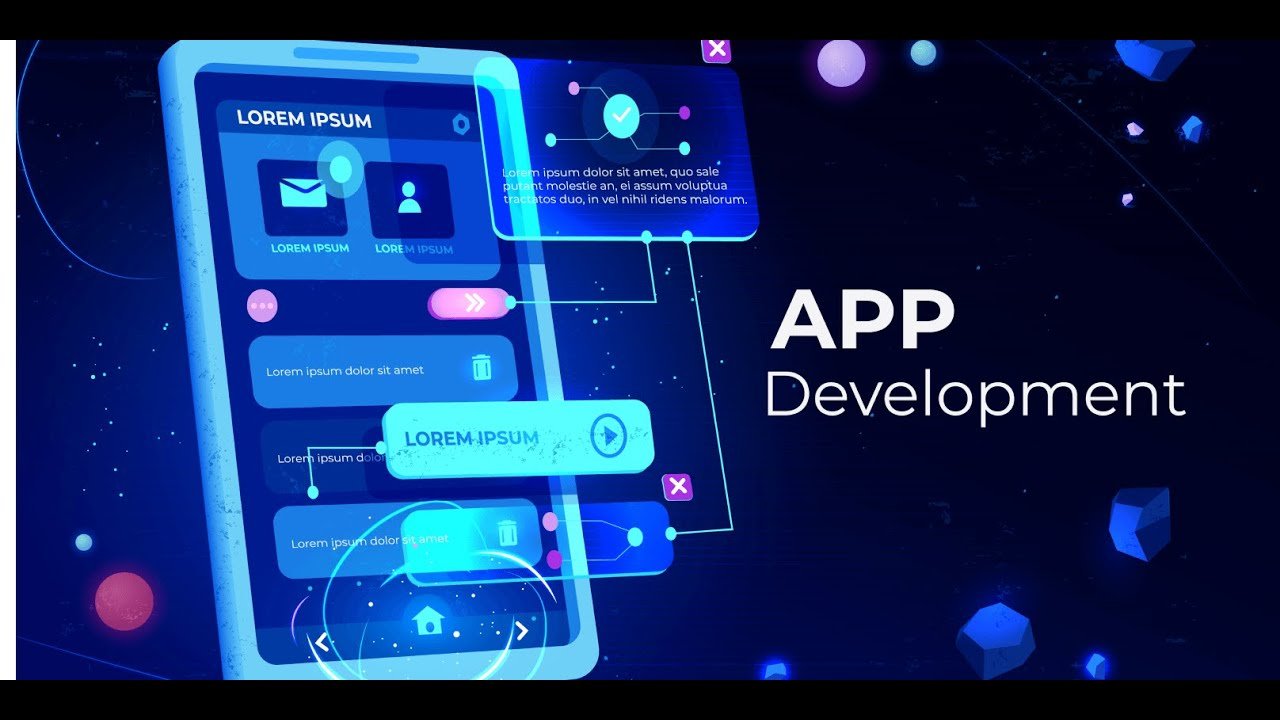In today’s fast-paced business landscape, digital product engineering plays a crucial role in driving innovation and maintaining competitiveness. Companies must adapt quickly to evolving technologies and customer needs. This guide outlines key aspects of digital product engineering, helping businesses navigate the process from conception to launch.
Defining Digital Product Engineering
Digital product engineering involves the design, development, and deployment of software products. It encompasses a wide range of activities, including market research, product design, coding, testing, and maintenance. The goal is to create high-quality software solutions that meet customer expectations and drive business growth. Partnering with a digital product engineering services company can provide the expertise and resources necessary to enhance these efforts.
Identifying Market Needs
Before diving into development, businesses must identify market needs. Conduct thorough market research to gather insights about potential users, their pain points, and preferences. Use surveys, focus groups, and interviews to collect valuable data. Analyze competitors to understand their offerings and identify gaps that your product can fill.
Setting Clear Objectives
Establish clear objectives for your digital product. Define what success looks like in terms of user engagement, revenue generation, and market penetration. Set measurable goals that align with your overall business strategy. This focus will guide your development process and help keep the team aligned.
Assembling the Right Team
Build a multidisciplinary team that includes product managers, designers, developers, and quality assurance specialists. Each member should bring unique skills and perspectives to the project. Foster collaboration among team members to encourage innovation and problem-solving.
Designing the Product
Product design plays a pivotal role in user experience. Start with wireframes to outline the product’s structure and functionality. Use prototyping tools to create interactive models that stakeholders can review. Gather feedback early and often to refine the design before moving into development.
User Interface (UI) and User Experience (UX)
Invest time in creating an intuitive user interface and a smooth user experience. UI focuses on the visual elements of the product, while UX encompasses the overall experience a user has with the product. Prioritize usability, accessibility, and aesthetic appeal to attract and retain users.
Development Methodologies
Choose a development methodology that suits your project needs. Agile and Scrum are popular options that promote flexibility and iterative progress. Agile allows teams to respond quickly to changes, while Scrum breaks projects into manageable sprints. Select the methodology that best aligns with your team’s structure and the product’s complexity.
Coding Standards
Establish coding standards to ensure consistency and quality across the development team. Clear guidelines help maintain code readability and facilitate collaboration. Encourage best practices, such as code reviews and pair programming, to enhance code quality and reduce bugs.
Testing and Quality Assurance
Testing is a vital phase in product engineering. Implement various testing strategies, including unit testing, integration testing, and user acceptance testing (UAT). Automate tests where possible to increase efficiency. Conduct thorough testing to identify and fix issues before launching the product.
Gathering Feedback
Collect feedback from users during testing phases. This input is invaluable for making necessary adjustments before the final release. User feedback can highlight unexpected issues and provide insights into how the product meets user needs.
Deployment Strategies
Plan your deployment strategy carefully. Choose between releasing the product to all users at once or adopting a phased approach. A phased rollout allows for monitoring and quick adjustments based on user feedback. Ensure your infrastructure can handle the expected user load to prevent outages.
Post-Launch Support
Once the product launches, continue providing support to users. Establish a help desk or support system to address user queries and issues. Regular updates and bug fixes help maintain user satisfaction and product performance. Monitor user engagement and gather feedback to identify areas for improvement.
Continuous Improvement
Digital product engineering does not end at launch. Commit to continuous improvement by regularly updating your product based on user feedback and technological advancements. Analyze user data to understand how they interact with your product. Use this information to make informed decisions about future features and enhancements.
Scaling the Product
As your user base grows, plan for scaling your product. This involves ensuring that your infrastructure can handle increased demand without compromising performance. Evaluate your technology stack and consider cloud solutions for flexibility and scalability. Implement monitoring tools to track performance metrics and respond to any issues proactively.
Security Considerations
Prioritize security throughout the product engineering process. Implement industry-standard security practices to protect user data and maintain trust. Regularly update your software to address vulnerabilities and stay compliant with regulations. Educate your team on security best practices to foster a security-conscious culture.
Leveraging Technology
Stay informed about emerging technologies that can enhance your product. Artificial intelligence, machine learning, and blockchain offer exciting opportunities for innovation. Assess how these technologies can add value to your product and align with user needs.
Building a Brand around the Product
Develop a strong brand identity for your digital product. This includes creating a memorable name, logo, and visual style that resonate with your target audience. Consistent branding across all touchpoints helps build recognition and loyalty.
Marketing Strategies
Implement effective marketing strategies to promote your product. Use digital marketing channels such as social media, email marketing, and search engine optimization (SEO) to reach your audience. Create compelling content that highlights the benefits of your product and engages potential users.
Measuring Success
Establish key performance indicators (KPIs) to measure the success of your digital product. Monitor metrics such as user engagement, conversion rates, and customer satisfaction. Regularly analyze this data to assess performance and inform future decisions.
Conclusion
Digital product engineering represents a dynamic process that requires careful planning, collaboration, and adaptability. By following the steps outlined in this guide, businesses can navigate the complexities of product development and deliver solutions that meet market demands. Prioritize user needs, invest in quality, and remain committed to continuous improvement to achieve long-term success in the digital landscape.















Leave a Reply